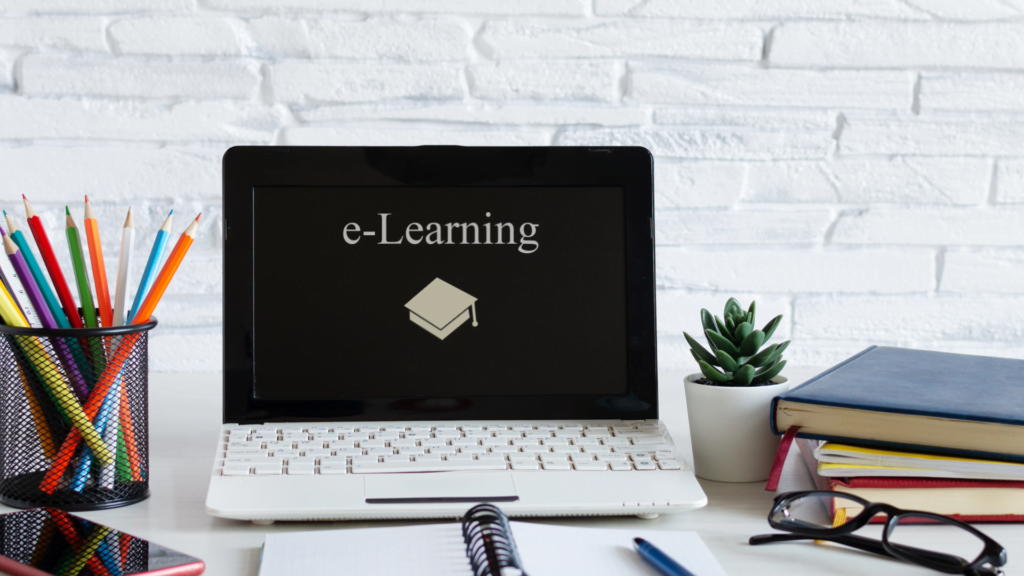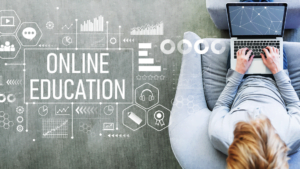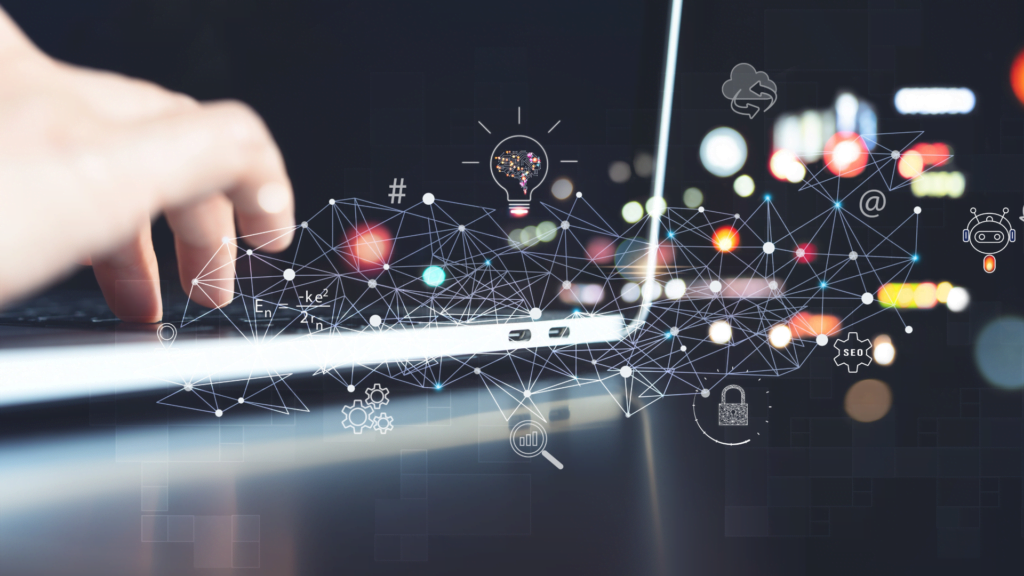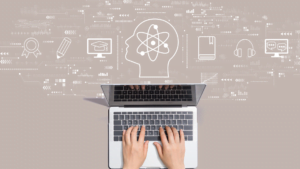The education industry is a vast and dynamic sector that plays a crucial role in shaping individuals’ knowledge, skills, and capabilities. It encompasses various institutions, technologies, methodologies, and stakeholders that contribute to the learning and development of students at different levels. We will explore the key aspects of the education industry, including its challenges, trends, innovations, and future prospects.
Introduction to the Education Industry

The education industry is a multifaceted sector that includes formal education systems such as schools, colleges, and universities, as well as informal learning platforms, vocational training centre’s, and online education providers. Its primary objective is to impart knowledge, foster critical thinking, and prepare individuals for personal, academic, and professional success. The industry is driven by a diverse range of stakeholders, including educators, students, parents, policymakers, technology providers, and employers, each with unique roles and responsibilities.
Evolution of Education

The history of education can be traced back to ancient civilizations where oral traditions, apprenticeships, and religious institutions served as primary means of learning. Over time, formal education systems emerged, with the establishment of schools, universities, and educational institutions. The Industrial Revolution marked a significant shift in education, emphasizing standardized curricula, mass education, and workforce preparation. In the 21st century, as it vast and dynamic industry, the digital revolution and globalization have transformed the education landscape, leading to the rise of online learning, digital tools, and global collaborations.
Key Stakeholders in the Education Industry

1. Educators:
Teachers, professors, and instructors are at the forefront of education, responsible for designing curriculum, delivering lessons, and assessing student progress.
2. Students:
Learners of all ages and backgrounds who actively engage in the learning process, acquire knowledge, and develop skills for academic and professional growth.
3. Parents:
Guardians and caregivers who play a crucial role in supporting their children’s education, providing guidance, encouragement, and resources.
4. Policymakers:
Government agencies, education boards, and regulatory bodies that formulate policies, standards, and regulations to ensure quality education and equitable access.
5. Technology Providers:
Companies and organizations that develop educational technologies, software, and tools to enhance learning experiences, such as learning management systems (LMS), interactive apps, and virtual reality (VR) platforms.
6. Employers:
Businesses and industries that rely on educated and skilled workforce, collaborating with educational institutions to align curriculum with industry needs and promote lifelong learning.
Challenges Facing the Education Industry

Despite its importance, the education industry faces numerous challenges that impact its effectiveness and inclusivity:
1. Access and Equity:
Disparities in access to quality education based on socio-economic status, geographical location, and cultural barriers.
2. Quality and Relevance:
Ensuring curriculum relevance, teacher effectiveness, and educational outcomes that meet the needs of a rapidly changing world.
3. Digital Divide:
Addressing digital literacy gaps, infrastructure limitations, and affordability issues in adopting technology-enabled learning.
4. Skills Gap:
Bridging the gap between academic education and industry-relevant skills, preparing students for future jobs and career pathways.
5. Innovation and Adaptation:
Embracing innovative teaching methods, personalized learning approaches, and lifelong learning strategies to engage diverse learners.
6. Assessment and Accountability:
Developing fair and effective assessment methods, measuring learning outcomes, and promoting accountability among education stakeholders.
Trends and Innovations in Education

The education industry is constantly evolving, driven by emerging trends and innovations that reshape teaching and learning practices:
1. Online Learning:

The rise of e-learning platforms, massive open online courses (MOOCs), and virtual classrooms, enabling access to education anytime, anywhere.
2. Blended Learning:
Integration of online and face-to-face instruction, combining digital resources with traditional teaching methods for enhanced learning experiences.
3. Personalized Learning:
Adaptive learning technologies, AI-driven analytics, and personalized content delivery tailored to individual student needs and learning styles.
4. EdTech Integration:

Use of educational technologies such as AI, VR, gamification, and interactive tools to enhance engagement, collaboration, and creativity in learning.
5. Project-Based Learning:
Emphasis on hands-on projects, real-world applications, and experiential learning to develop critical thinking, problem-solving, and collaboration skills.
6. Global Collaboration:
Cross-cultural exchanges, international partnerships, and collaborative learning initiatives that promote global citizenship and cultural understanding.
7. Professional Development:
Continuous learning opportunities for educators, professional certifications, and mentoring programs to enhance teaching effectiveness and career growth.
8. Lifelong Learning:
Recognition of learning as a lifelong journey, promoting continuous skill development, upskilling, and reskilling for individuals of all ages.
Impact of Technology on Education

Technology has significantly transformed the education landscape, offering new opportunities and challenges:
1. Enhanced Accessibility:
Online platforms, digital resources, and mobile apps make education accessible to learners with diverse needs and backgrounds.
2. Interactive Learning:
Multimedia content, simulations, and interactive tools engage students and promote active participation in the learning process.
3. Data Analytics:
AI-driven analytics, learning management systems, and assessment tools provide insights into student progress, learning patterns, and performance metrics.
4. Collaborative Tools:
Virtual classrooms, video conferencing, and collaborative platforms facilitate remote learning, group projects, and peer-to-peer interactions.
5. Personalized Feedback:
Automated grading systems, instant feedback, and personalized learning paths help students track their progress and address learning gaps.
6. Gamification:
Gamified learning experiences, badges, and rewards systems motivate students, enhance engagement, and foster healthy competition.
Future Prospects and Challenges

Looking ahead, the education industry faces both opportunities and challenges in adapting to future trends and meeting evolving learner needs:
1. Digital Transformation:

Continued integration of technology, AI, and data-driven insights to personalize learning, improve outcomes, and support lifelong learning.
2. Flexible Learning Models:
Hybrid learning models, flexible schedules, and alternative credentials to accommodate diverse learning preferences and lifestyles.
3. Skills-Based Education:
Focus on 21st-century skills such as critical thinking, problem-solving, communication, and digital literacy to prepare students for future careers.
4. Global Education Networks:
Expansion of global education networks, cross-border collaborations, and cultural exchange programs to promote diversity and global citizenship.
5. Ethical Considerations:
Addressing ethical issues related to data privacy, AI bias, digital divide, and social impact of technology in education.
6. Equity and Inclusion:
Reducing disparities in access, promoting inclusivity, and ensuring equitable opportunities for learners from marginalized communities.
7. Lifelong Learning Culture:
Cultivating a culture of lifelong learning, continuous skill development, and adaptability to navigate changing job markets and technological advancements.
In conclusion, the education industry is a dynamic and evolving sector that plays a vast role in individual and societal development. By embracing innovation, leveraging technology, and fostering collaboration, the industry can address current challenges, meet future demands, and empower learners to thrive in a rapidly changing world.









